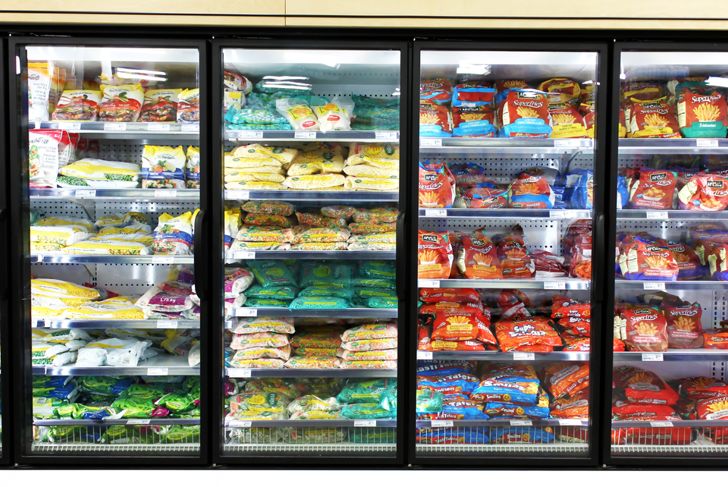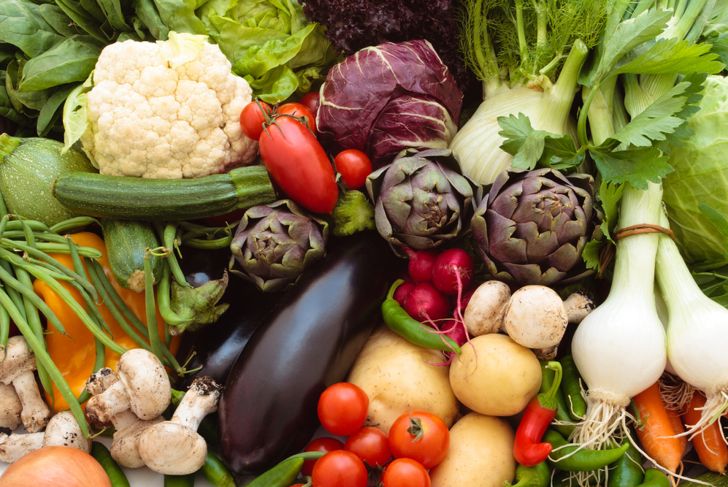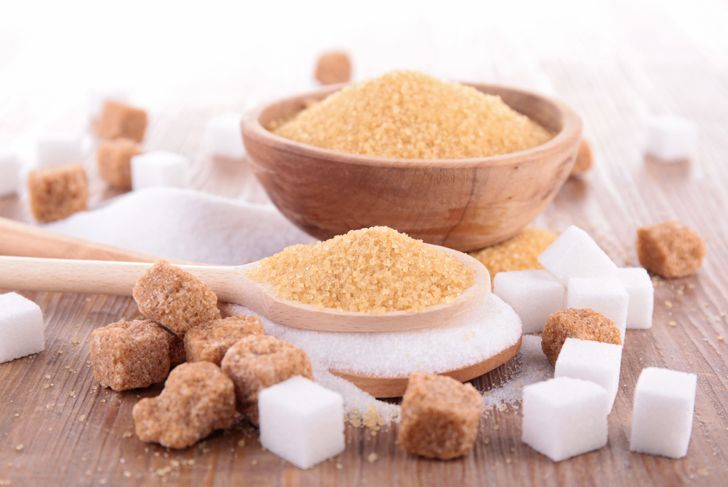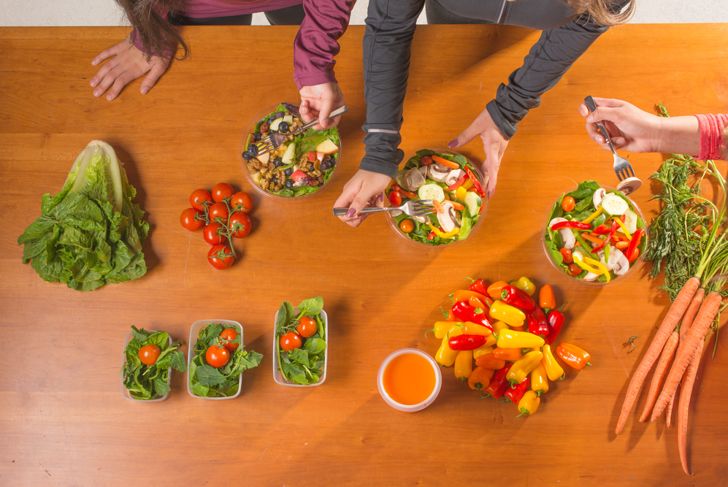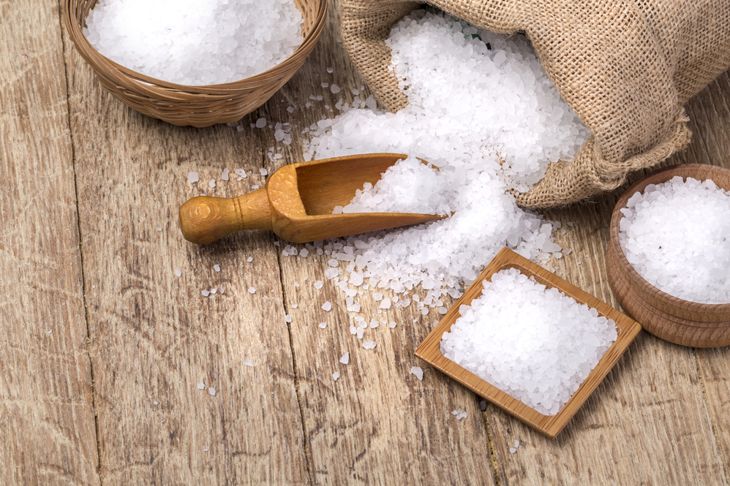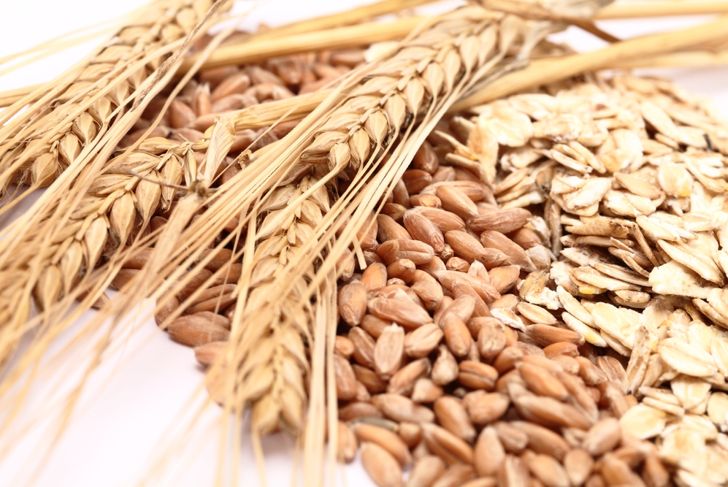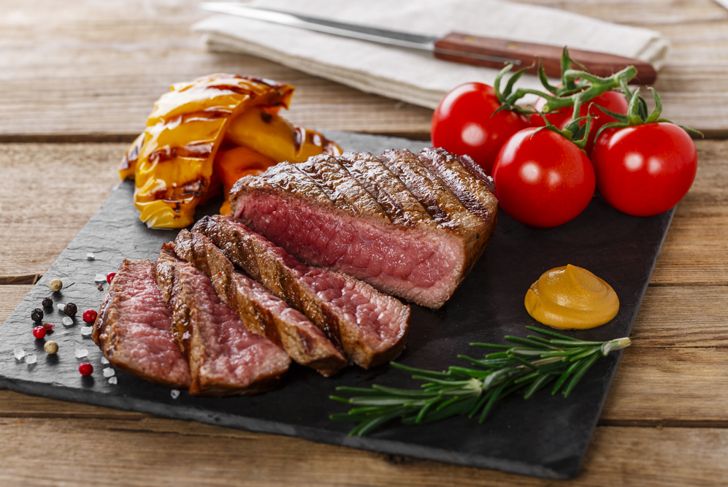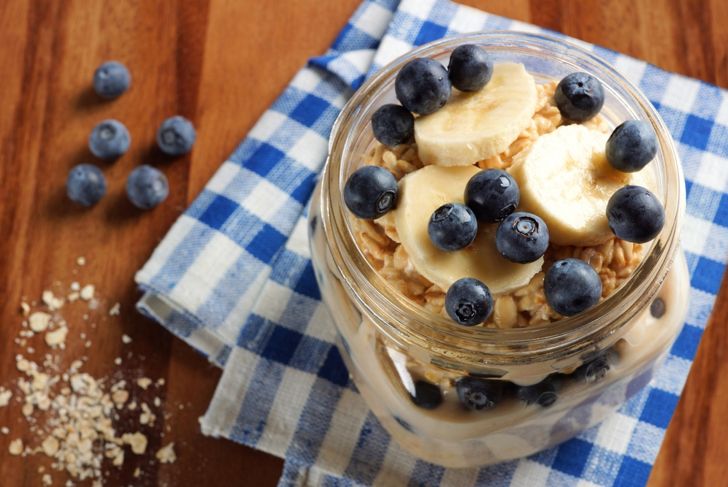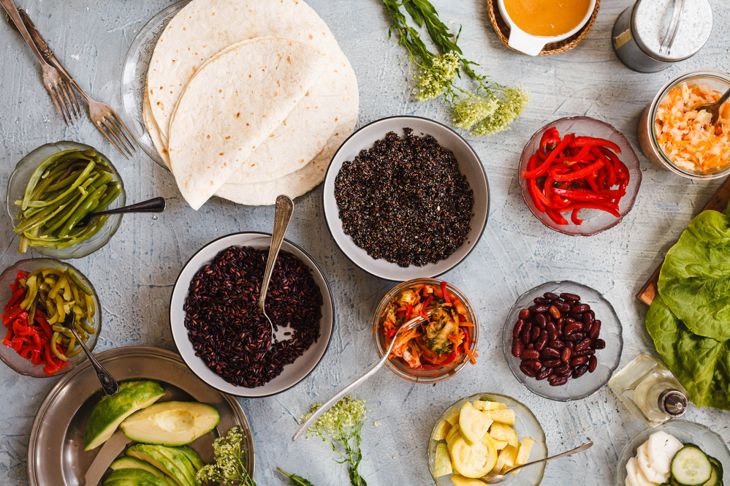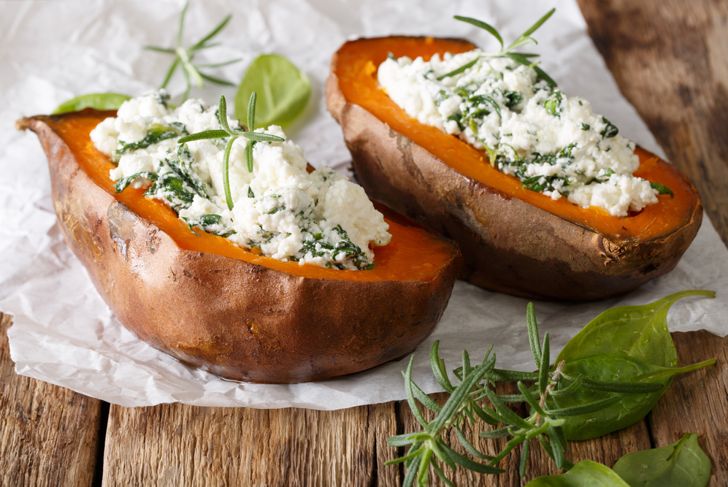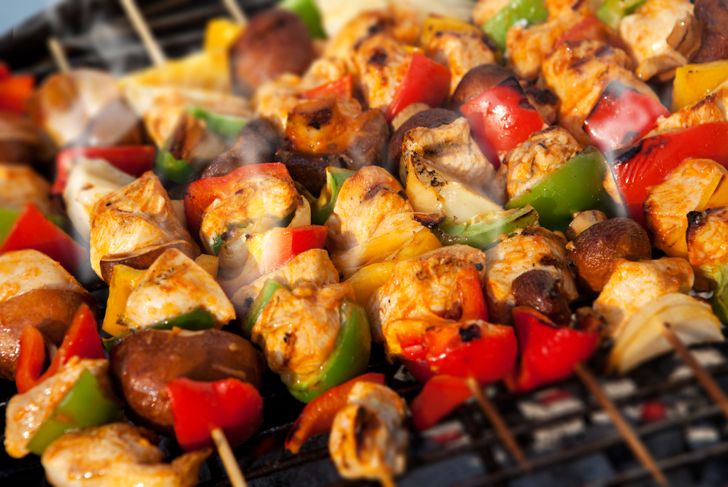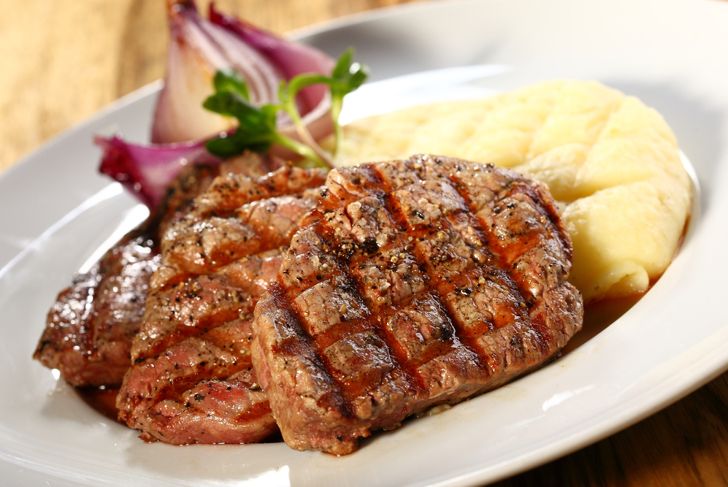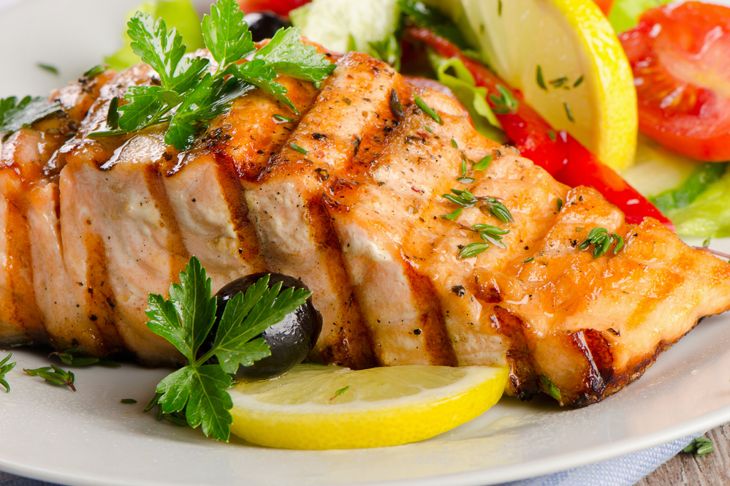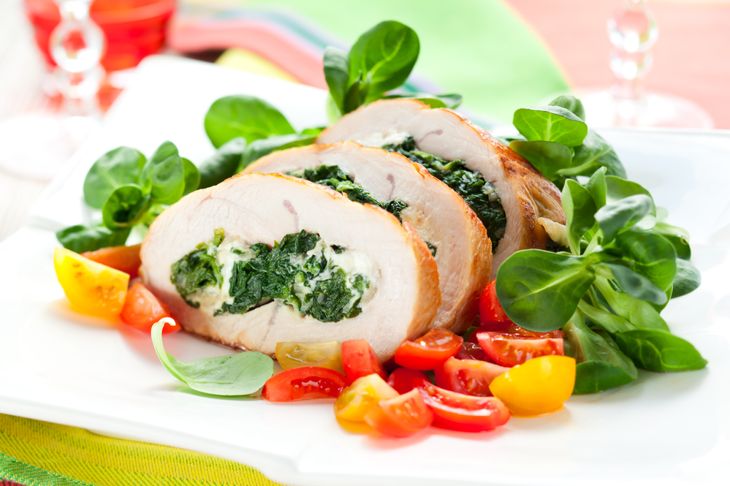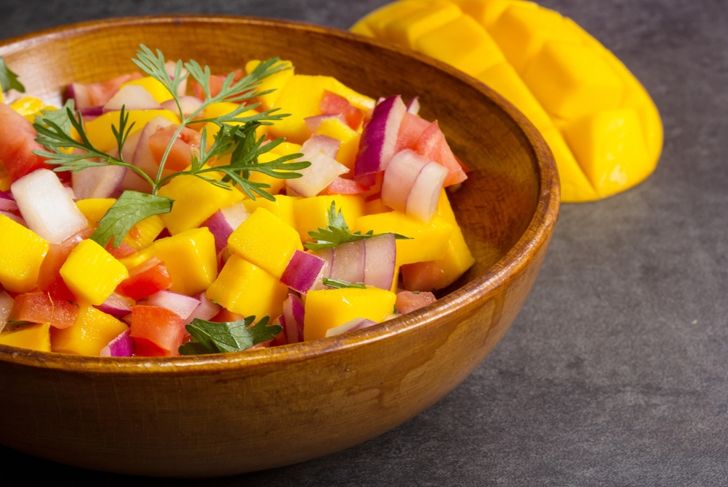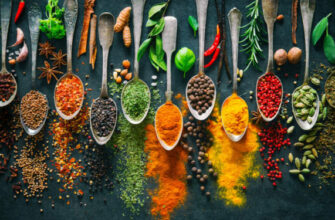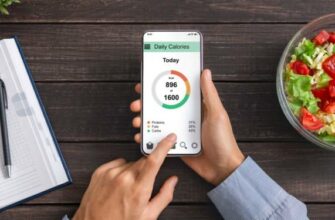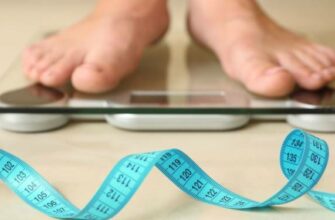The Clean-Eating diet is one of the most popular diets in recent years, and for a good reason. It focuses not just on cutting out foods you probably already knew were bad for your waistline, but on making a complete lifestyle change. Instead of processed or sugary foods, clean eating focuses on food that you can trace the origins of, from the farm to the table. It also involves exercising, meal preparation, and altering the way you think about food. To get you started, we’ve created a guide to the basic tenets of the Clean-Eating diet, plus a few easy recipes that you’ll be eager to try.
Eliminate Processed Foods
The Clean-Eating diet is all about taking a natural approach to dieting. Instead of buying supplements, meal replacement bars, or scientifically-engineered diet foods, shop for fresh fruits and vegetables, lean meat, and whole grains. Stay away from anything with an ingredient that you can’t identify or buy yourself, and avoid foods with more than three ingredients altogether. A cup of black coffee is fine, for example, but a store-bought Frappuccino wouldn’t qualify. Look for labels with phrases like organic, naturally-grown, and antibiotic-free on meats and produce, as these products will typically have fewer unnatural chemicals and ingredients than their counterparts.
Eat More Produce
Produce is, without a doubt, the best way to meet your clean-eating goals. Most people do not get nearly enough fruits and vegetables each day, so this is a great way to improve your intake. Produce is very versatile, and you can add it to each of your meals to help fill you up with healthy foods. At breakfast time, add fruits to yogurt, oatmeal, pancakes or toast. Eat a salad for lunch, and serve heaping portions of grilled vegetables as a side dish during dinner. The more fresh, organic produce that you eat, the less likely you are to seek out processed snacks later in the day.
Reduce Sugar
Part of the goal of the clean-eating diet is to eliminate unnecessary sugars. Dipping sauces, sandwich spreads, and salad dressings often include large quantities of hidden sugar that people don’t even realize they are consuming. This can lead to weight gain and serious health problems, like heart disease and diabetes. Instead of eating sugary, fruit-flavored yogurt, buy plain Greek yogurt and top it with fresh strawberries. Make overnight oats with your favorite fruit, instead of buying processed packets of instant oatmeal. There are many ways to reduce the amount of sugar we consume daily, without cutting out sweets and desserts altogether.
Try Meal Prepping
One of the most important tenets of the clean-eating diet is to reduce portion size to what our bodies need, rather than the portions that are often used commercially. This can be hard to do on the fly, especially if you are cooking for more than one person and need to take different ages and activity levels into consideration. To eliminate the stress of this, clean-eating experts recommend prepping for your meals ahead of time and using portion control containers to help dole out the appropriate recommended serving sizes of your food. This can save time throughout the week and can prevent you from eating unhealthy food instead.
Cut Back on Salt
If you add salt to your food, you’re almost certainly consuming too much sodium every day. The clean-eating diet will help you to cut your sodium intake by reducing the amount of preservatives you consume. If you look at the nutrition facts on almost any frozen or boxed food, you’ll find that it’s loaded with sodium. That’s because salt and other preservatives increase the shelf life of products, making them more convenient and cost-effective for both sellers and consumers. You should also reduce salt intake on your own by cooking with herbs, spices, and other natural seasonings instead of table salt.
Switch to Whole Grains
You might not realize it if you haven’t looked at the ingredients, but the expensive whole wheat bread you purchase isn’t necessarily any healthier for you than the processed white bread you made sandwiches with as a child. Wheat bread can still be bad for you if the nutritional value has been processed out of it. Find bread – and pasta, oats, rice, and other grains – that are not just labeled whole-grain, but that contain whole-grains as their primary ingredient. These grains contain valuable vitamins, fiber, and other nutrients that are not nearly as potent in the processed version.
Pick Lean Meats
When on the clean-eating diet, you should stick to lean meats. This means eating seafood, chicken, and lean cuts of red meat. Always try to pick an organic and antibiotic-free meat, which is better for your health. The clean-eating diet also supports environmentally-friendly eating, so choosing cage-free, grass-fed options is also a good choice if it’s financially viable. Beef and pork tenderloins are often good cuts to prepare since these are typically lean, and chicken or turkey breast is another protein options. Wild-caught seafood is especially good for your health, so load up on everything from salmon to shrimp to get those healthy Omega-3 oils.
Overnight Oats
There are plenty of breakfast options on the clean-eating diet, including fruit and yogurt, but it’s often one of the most difficult meals to follow through on. When you’re in a hurry, it can be easy to grab a pastry or frozen breakfast sandwich instead. That’s why overnight oats are a great solution since they are ready when you need them the following morning. Use whole, steel-cut oats and soak in a small jar overnight although with your favorite fruits or nuts. You can soak them in any liquid – water, nonfat milk, and almond milk are some of the most popular options. In the morning, you’ll have instant, healthy oatmeal ready to go.
Quinoa Taco Bowl
Quinoa taco bowls are a great option for lunches and dinners on the clean-eating diet. To make these, you simply substitute all of the usual boxed taco-kit favorites for healthier, whole-food options. Use organic quinoa seasoned with chili powder, cayenne pepper, and paprika to give your grains a spicy taco flavor. Shred romaine lettuce, dice tomatoes and onions, make guacamole, and toast some homemade corn tortilla strips to a crispy, crunchy finish. Mix these with black beans and corn, creating a flavorful and nutritious meal that everyone will enjoy. The ingredients are full of protein, fiber, and vitamins, making them a very healthy choice.
Stuffed Sweet Potatoes
If you like baked potatoes loaded with cheese, sour cream and bacon, you can find a substitute in stuffed sweet potatoes. Split open the potatoes after baking, and then choose your toppings. You can use feta and spinach, for a Mediterranean twist. Cranberries and shredded turkey breast are a good option on cold winter nights, and a great way to use Thanksgiving leftovers. If you’re feeling chef-like, try your hand at homemade barbeque sauce (usually made with tomato paste, vinegar, brown sugar, and spices, although your experience may vary) and use it to top pulled pork for a delicious game day snack.
Chicken Kebabs
If you like to cook out on the grill, chicken kebabs are a good option. Grilled vegetables like peppers, mushrooms, onions, and summer squash can make a good accompaniment to chicken breast. Alternate these tasty veggies with diced chicken breast pieces on skewers, grilling until the chicken is thoroughly cooked to prevent any illnesses. You can use lemon, garlic, pepper, or nearly any other spice to flavor your kebabs and make them tasty enough that they don’t even need a dipping sauce. Because chicken breasts are so lean and vegetables have such low calories, you’ll feel great about your diet after this meal.
Steak and Smashed Potatoes
A diet where you can eat steak? Yes, on the clean-eating diet, beef tenderloin is considered a lean cut of meat that is a perfectly acceptable dinner option. Obviously, eating steak every night would probably not help you to lose weight, but having it occasionally is fine. Grill steaks with the help of spices and other flavorful options, like peppercorns, garlic, and onions. Meanwhile, make smashed potatoes by boiling cubed potatoes and mashing them with the skins still on, using a dash of almond or nonfat milk for consistency. Potato skins contain many important nutrients, so it’s beneficial to eat potatoes with them on.
Grilled Salmon and Veggies
Seafood is one of the best things to eat on the clean-eating diet since it has many benefits to your cardiovascular health. Specifically, it’s full of Omega-3 fatty acids, which can help reduce cholesterol and blood pressure. An easy yet delicious dish to make is salmon filets with a side of grilled vegetables. Whenever you buy fish, look for fish labeled “wild-caught” rather than “farm-raised”. Use zesty or spicy flavors like lemon, garlic, basil or dill to flavor your salmon, then grill alongside fresh carrots, squash, and zucchini. By sticking to simple, all-natural ingredients, you reduce sodium and sugar intake and increase the amount of nutrients in your meal.
Stuffed Chicken Breasts
Chicken is always a good choice on the clean-eating diet, provided it’s free of antibiotics and hormones. Chicken breasts are customizable, with a wide variety of preparation possibilities. One good choice is Mediterranean stuffed chicken breasts. To make these, butterfly cut each boneless, skinless chicken breast down the center and split open. Spread homemade basil pesto sauce onto the chicken, then top with feta, spinach, and diced tomatoes. Close the chicken breasts and bake until the chicken is thoroughly cooked. This combination of healthy, unprocessed ingredients will taste rich and filling, but it’s actually very good for you.
Mango Salsa Pork Tenderloin
Another great lean meat choice on the clean-eating diet is pork tenderloin. As always, it’s best to go with the most natural, organic option. You can make your tenderloin in the slow cooker or the oven, marinating it in mango, peach, and pineapple juices the night before. Then, cook in an inch or so of water, alongside several slices of those tropical fruits. To make a delicious salsa topping, dice mangos, peaches, pineapples, tomatoes, onions, red peppers, and jalapenos. Mix with minced garlic and cilantro, along with just a bit of lime and lemon juices. After your tenderloin is cooked, you can slice it and serve with heaping spoonfuls of this all-natural salsa, eliminating the need for processed sauces.

 Home
Home Health
Health Diet & Nutrition
Diet & Nutrition Living Well
Living Well More
More